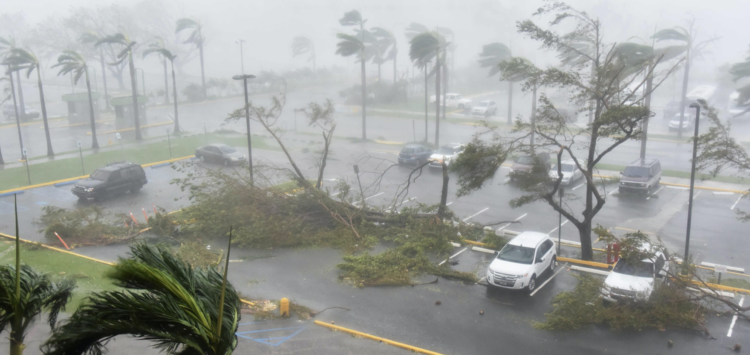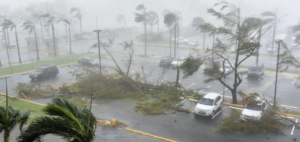
How extreme weather is becoming terrifyingly ordinary?
The storms are yet another example of how extreme weather is becoming terrifyingly ordinary as the climate change .

So many hurricanes formed over the Atlantic Ocean this season that the World Meteorological Organization exhausted its 21-name-strong alphabetical list of storm names for only the second time in history. Tropical cyclones — rotating winds that are also known as hurricanes and typhoons depending on where in the world they form — even contributed to the locust swarms that plagued East Africa and South Asia earlier this year.
Separately, record-breaking floods put a third of Bangladesh under water in September and, according to financial news outlet Bloomberg, wiped out a quarter of Nigeria’s rice harvest.
“We will need to adapt,” said Alejandro Di Luca, a climate scientist at the University of Quebec in Montreal, Canada. Tropical cyclones “will get worse, there is no question about it.”
How does climate change affect storms?
While scientists predict the number of cyclones may fall because of changing ocean conditions, the ones that do form will get stronger.
Each year the world is struck by about 86 tropical cyclones, and this has stayed constant over the last four decades.
This is because of simple physics. Warmer air holds more moisture: For every 1 degree Celsius (1.8 Fahrenheit) the atmosphere warms, the air holds about 7% more water.
Burning fossil fuels and heating the planet — particularly the oceans — we’ve put more water into the air.
That matters for tropical cyclones, like the ones raging across Central America and the Philippines this week, because they are powered by warm, humid ocean air. Rain falls when water vapor condenses. More water means more rain. And the heat released in that process strengthens the storm even further.
What do you think?